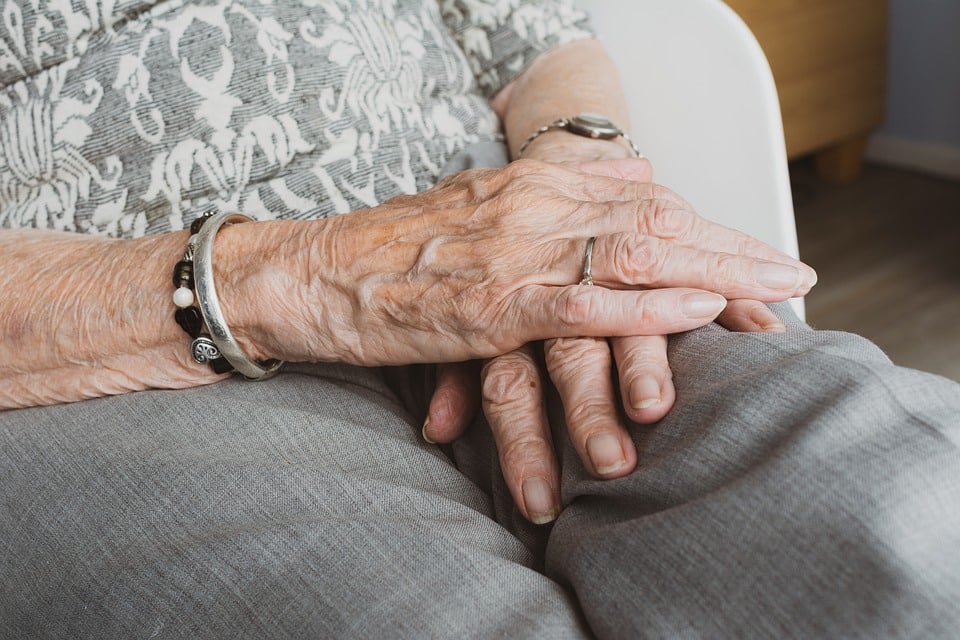Around 105 people, all around the world, passed away in a single minute. And while the loss of a loved one can feel heart-wrenchingly tragic, it is simply an inevitable fact of life that we are all forced to accept. While this isn’t always easy to do, it does help to familiarize ourselves with the various stages of death and so that we are better able to recognize what might be happening before our eyes.
More often than not, death seems unexpected and sudden. However, in the case of someone with a chronic illness, the signs can show themselves as early as 3-6 months in advance. The better we can understand these signs, the easier it will be for us to be there for someone in their final stages of life.
What are the Final Stages of Death?
Here is the list of 12 death signs and the final stages of life
- A Loss of Appetite and Energy
- Change in Sleeping Patterns
- Isolation from Family and Friends
- Changes in Bowel Habits
- Muscle Fatigue
- Confusion and Disorientation
- Changes in Breathing Patterns and the “Death Rattle”
- Restlessness and Agitation
- Temperature and Color
- Hallucinations and Visions
- The Vital Signs Summarized
- Rigor Mortis
So, let’s get into what happens to a person when they’re nearing the end of their mortal journey.
Stage 1 – A Loss of Appetite and Energy
When a body is nearing its end stages, it begins to lose its energy. This, in turn, reduces the need for calories and fuel, which causes a slight decline in the patient’s appetite. In addition to this, they may also show signs of difficulty in swallowing and refuse any drink or food you offer them.
However, their mouths may also become uncomfortably dry during this time. To help ease their discomfort you can consider using ice chips or wetting their lips with a soft wet cloth or apply a moisturizing lip balm.
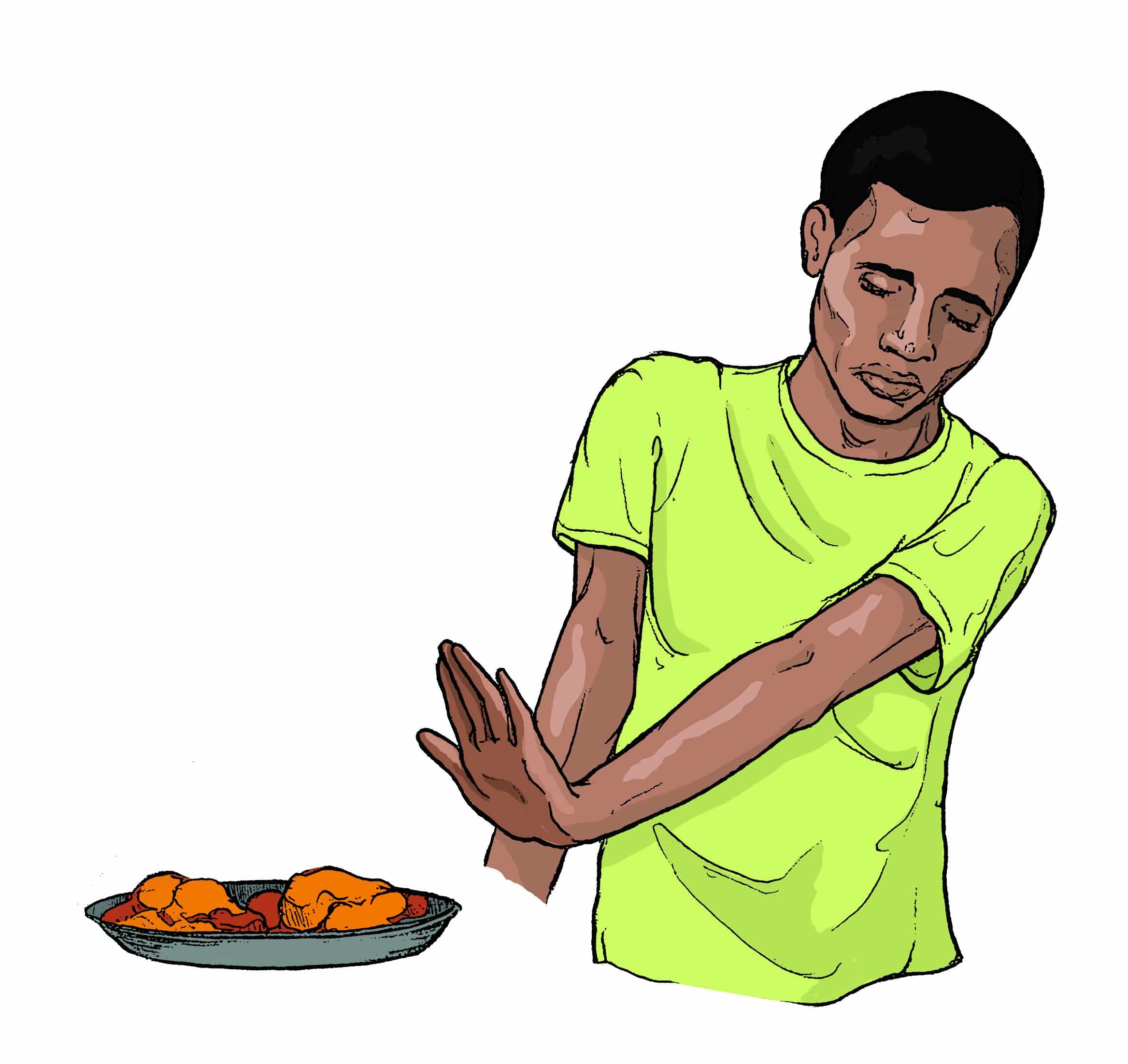
Do not force them to consume anything, as it will likely do more harm than good. Respect their denial of food, and simply be with them during this difficult time.
Stage 2 – A Change in Sleeping Patterns
A deviation from normal sleeping habits can occur as early as 2 or 3 months before the patient’s death. This is in direct correlation to the person’s lowered levels of energy and fatigue. A dying person is likely to sleep several hours more than they usually would, and appreciate more quiet time than before.

You can support your loved one by ensuring a peaceful sleeping environment and refrain from any loud outbursts, noises, or anything that might excite or overwhelm the patient. However, whenever possible do try and get them to take a short walk in between their naps to prevent any stiffness, discomfort, or bedsores due to lack of mobility. At the same time, respect their choice to stay in bed and do not force them into doing too much activity, visiting friends, or engaging socially when they do not want to.
Stage 3 – Isolation from Family and Friends
During one’s final days, it is common to experience a certain detachment to the world you’re in. You can observe a decline in conversation, a distracted or dazed aura, and a less responsive demeanor. If you find that they aren’t paying attention to you, do not take it personally.
It is just the body’s natural way of preparing someone to detach from their world. Be sure to avoid any loud noises, bursts of energy, or overwhelmingly large gatherings around the patient. A calm, soothing environment would be ideal to let your loved one know that they are cared for and loved even during their final days.
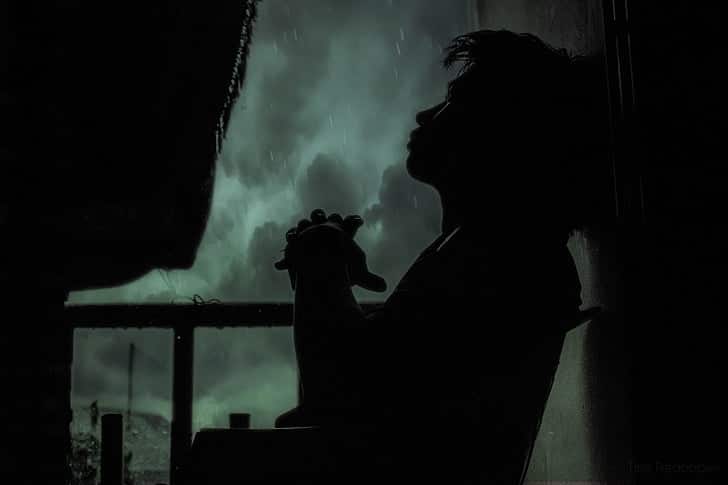
Allow them their moments of quiet silence and let them do what they have to do to prepare their minds and bodies for the moments to follow.
Stage 4 – Changes in Bowel Habits
Given that their appetite has changed, it is natural for their bowel movements to change as well. A dying person is likely to urinate and defecate much less frequently during their end days.
Another important symptom to look for is signs of constipation or incontinence. They may lose control over their urination as well. Prolonged constipation can even have the effect of reduced mobility.
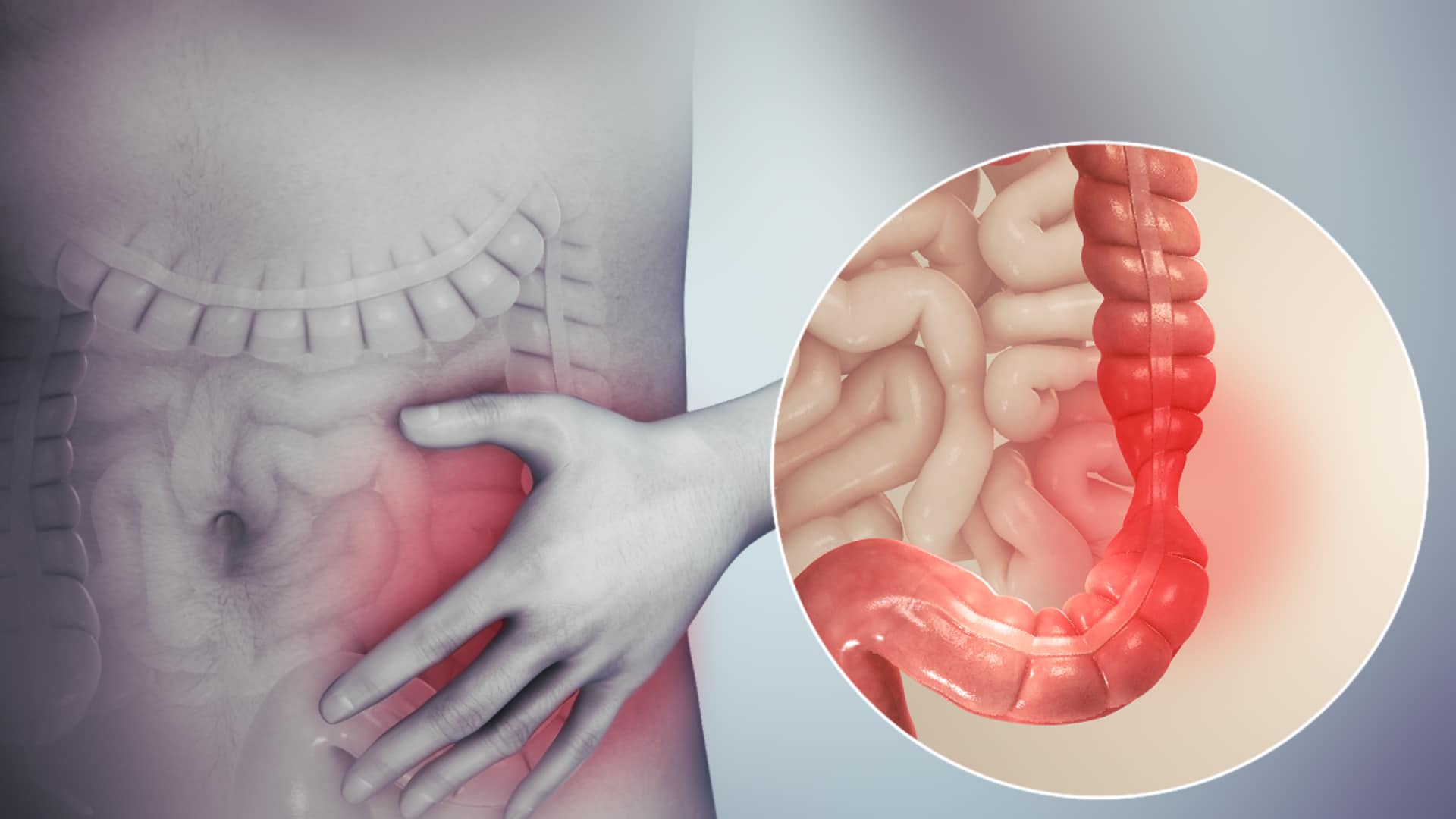
If needed your doctor can prescribe a mild laxative to relieve them from any discomfort they might be experiencing. As death approaches, it is natural for the body’s muscles to relax, initiating the release of bowels or slight urination.
Stage 5 – Muscle Fatigue
Given that the body is approaching its final stages, a person might experience severe tiredness or fatigue. They will be a noticeable decrease in their energy levels and their need for movement.
Also remember that they are experiencing a reduced need for food and drink, which also contributes to their fatigue and weak muscles. They may not be able to carry out normal tasks like going to the bathroom, taking a shower, or changing their clothes.
This fatigue is further exacerbated if the patient is an older individual with mobility issues. They may not even be able to turn over in their beds while sleeping. You can help them out by making sure you’re with them as often as you can and gently assist them with the tasks they find particularly difficult.

If the patient is reluctant to accept your help, do maintain your calm. They are likely to let their discomfort get in the way of communicating clearly. You can soothe them by maintaining your composure and letting them know that if they do need you, there is no shame in getting the help they need.
Stage 6 – Confusion and Disorientation
Confusion and disorientation are often accompanied by severe restlessness. Losing one’s motor skills, the ability to speak clearly, or even the ability to make decisions is very common to a dying patient.
You can offer your support by helping them complete simple daily tasks that they find difficult to do. Help them walk up the stairs, or down the stairs and try to maintain a calm, relaxed demeanor when you are with them.
Stage 7 – Changes in Breathing Patterns and the “Death Rattle”
Breathing may become more rapid or slow down immensely; it is different for everybody. You may also hear sounds emanating from the person’s mouth that resembles gurgling. This sound is called “the death rattle”.
The reason behind this ominous-sounding symptom is the decline in a person’s ability to swallow, cough, or clear saliva out of their mouth. As their breathing and swallowing changes, you’ll hear a crackling sound or even a gentle moaning. It really depends on the person and their individual experience with death.
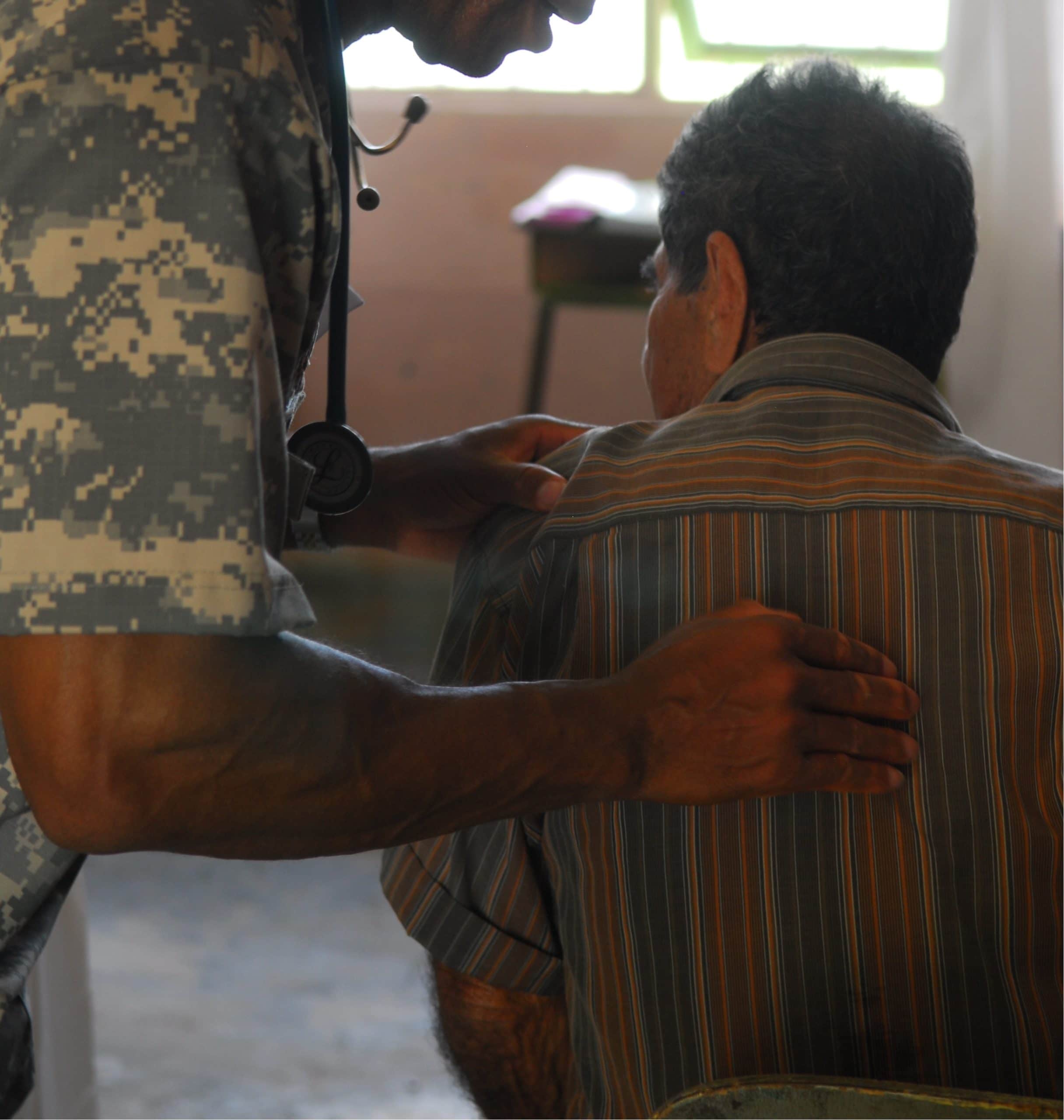
This might be a little disturbing for you to hear, but rest assured your loved one is not experiencing any physical pain or discomfort due to this symptom. They are simply slipping into a quiet stupor. You can be supportive by gently raising their heads to help them breathe a little better, alert your nurse or doctor, and gently wipe away any excess saliva that might be near their lips.
Stage 8 – Restlessness and Agitation
Terminal delirium refers to a state of agitation and cognitive impairment in a dying patient. This can be accompanied by excessive twitching, fidgeting, sudden movements, irritability, and in some cases even paranoia. While this can be especially distressing to deal with, understand they do not do this by choice, or because they have a genuine reason to be upset with you.
This kind of behavior is especially common with cancer patients, tumor patients, and recovering addiction. Terminal delirium itself is not painful, but there are medications available to control it if you feel like the patient is transitioning into uncontrollable hysteria. Don’t try to reason with the patient, but simply be there for them and speak in a soothing voice.
Stage 9 – Temperature and Color
A dying body loses is warmth as the moments go by. This process can involve drastic changes in body temperatures, complaints of hot and cold flashes, and varying temperatures across the body.
It is common for the abdomen to feel warm, while the rest of the body is a much cooler, temperature. The person might even experience a very high fever. In response to these changes the physical body also begins to change causing changes in the color of the skin.
The skin may turn blotchy and purple, waxen, or even pale yellow during the final stages.
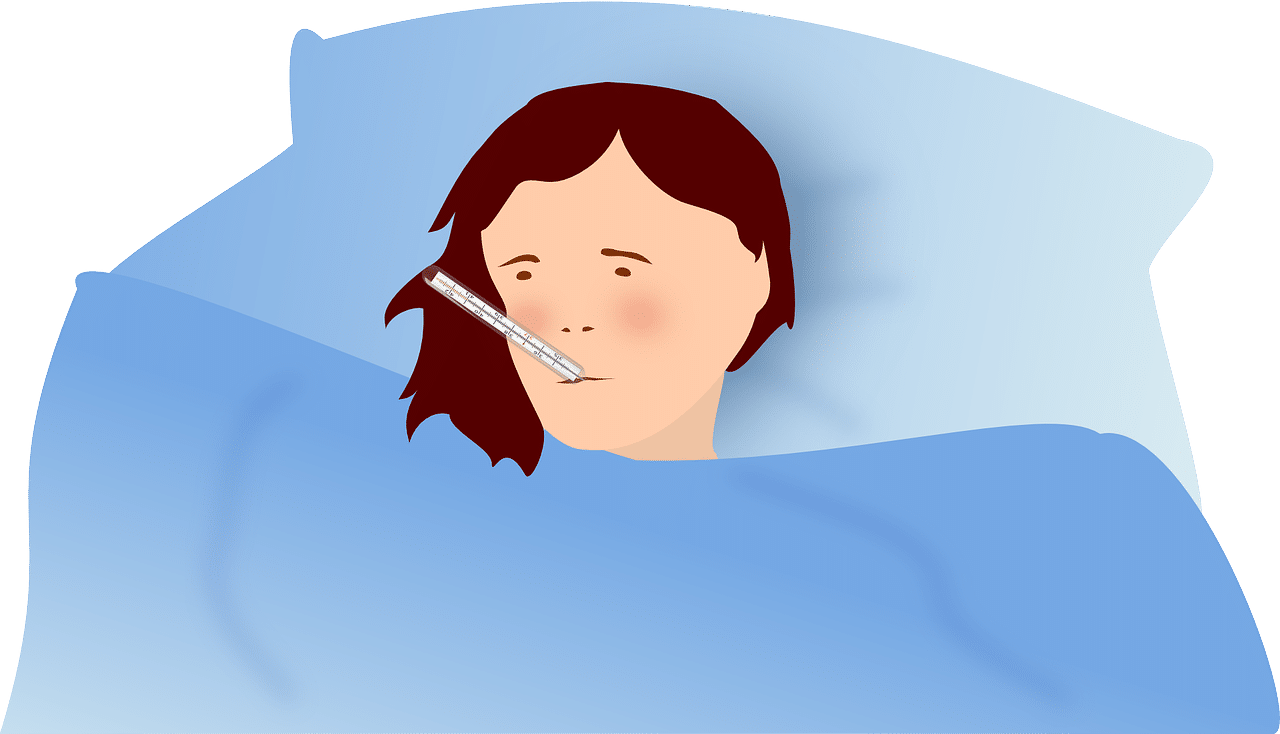
Make sure your loved one is in a comfortable position and offer them a blanket or anything else they need as they experience these extreme changes. If you notice any severe changes in skin color, be sure to alert the nurse or doctor as soon as you can. This will help them make the necessary arrangements or enlighten you on what’s really going on.
The body will be at its coldest, right before it slips into “rigor mortis”.
Stage 10 – Hallucinations and Visions
If you’re loved one mentions any strange hallucinations, visions, or even sounds – just know that these are perfectly normal. It is the body’s way of detaching from real-world experiences to experience a somewhat different reality than you do.
They may hear voices you do not hear, see things that you do not see, and even have a different experience that might be contrary to where they are. Make sure you do not deny their reality, it is as real as yours.
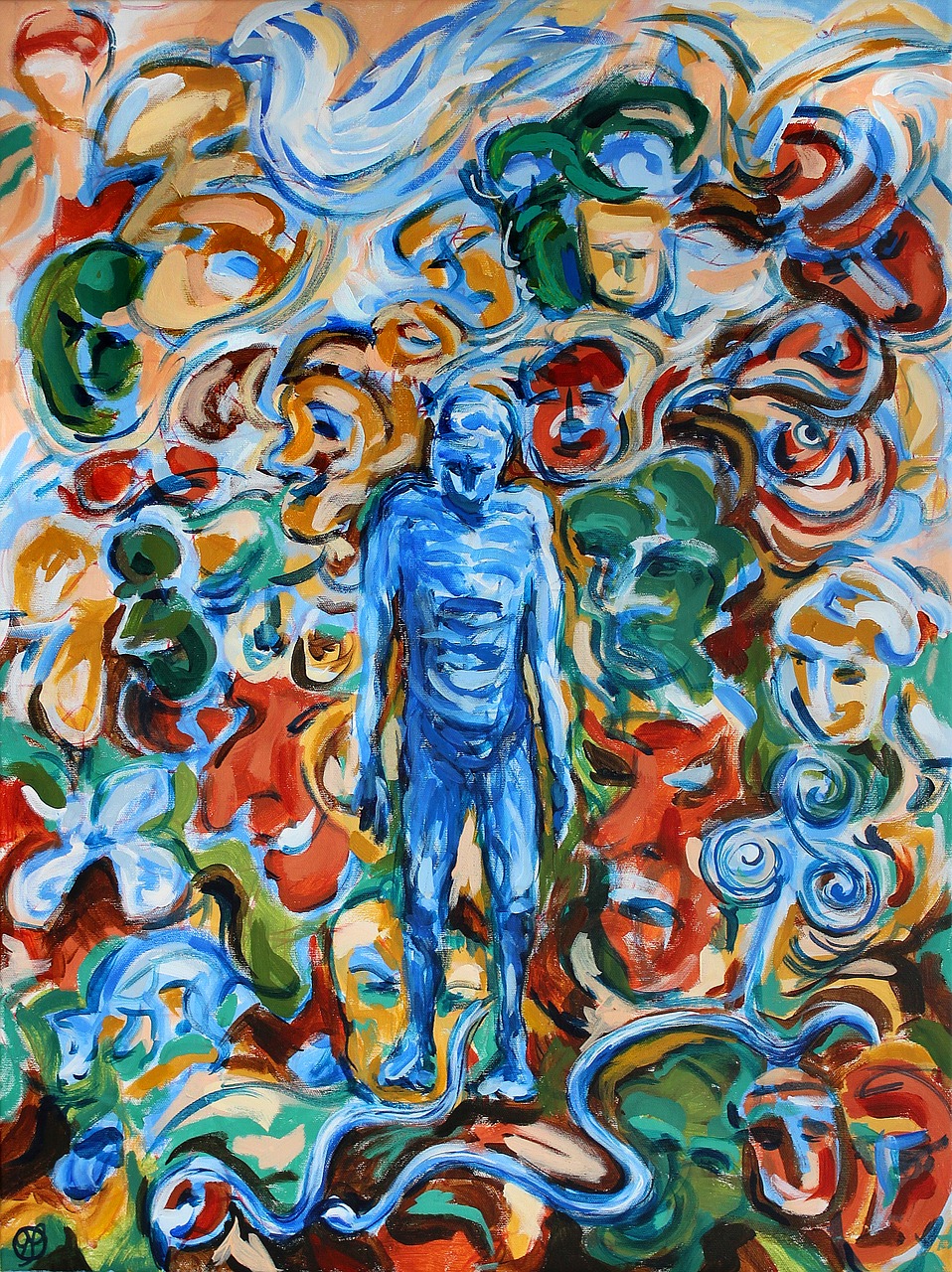
If they are willing to talk about it, lend a listening ear, and be as supportive as you can. This is not the time to critique or skepticize. If you feel like the hallucinations are for completely different reasons like medication or otherwise, be sure to consult your doctor or nurse and get an expert’s opinion on the subject.
Stage 11 – The Vital Signs Summarized
At the very end of one’s life, you notice the vital signs of life beginning to drop. Here are a few common ways to tell that a person’s body is physically preparing or approaching death.
- Rapid or slowed down breathing
- A decrease in blood pressure
- An increasingly irregular heartbeat
- A slow release of excrement or urine
- A cold feeling to their skin
Stage 12 – Rigor Mortis
Once a person dies, their bodies go into “rigor mortis”. Rigor mortis translates to “stiffness of death” and the phrase is derived from Latin. During this time, the body and its muscles become stiff and immobile. This stiffness can last anywhere between a few hours to a few days, depending on the circumstances surrounding one’s death, their environment, and the uniqueness of their body.
However, under the most normal conditions (temperature and environment wise), rigor mortis is likely to set in within four hours of a person’s death.
Rigor mortis occurs because the body’s muscles and joints are unable to relax.
Final Stages of Death Symptoms
The Stages of Death Are Unique to Every Individual
One thing you should remember is that death, like life, is a unique experience. One person’s symptoms may vary drastically from another person’s experience. While these are the stages of death that most people go through, they won’t necessarily occur in this particular order.
As a caregiver or a friend, you may experience grief, anxiety, and various other mentally distressing symptoms. Know that these are valid feelings and fears to have, and get the help you deserve for yourself. Losing someone you love is a heartbreaking experience, but you do not have to go through it alone.
Seek out the support of a trusted friend, colleague, or get in touch with a grief counselor to help you cope with your pain.
Like this article? Subscribe to our mailing list for valuable information on all things health delivered right to your mailbox!
Read more about top 5 regrets of the dying
– If you are looking for guest posts in health “write for us” now.

